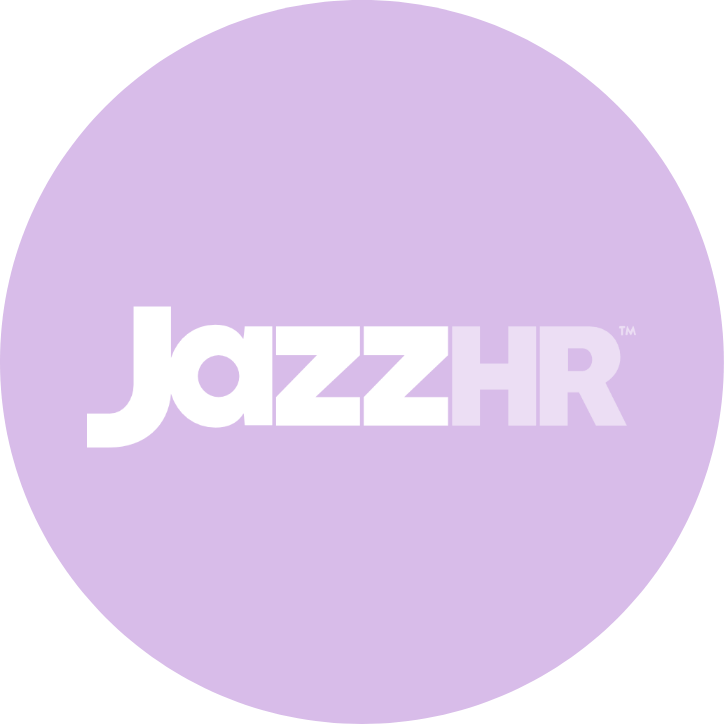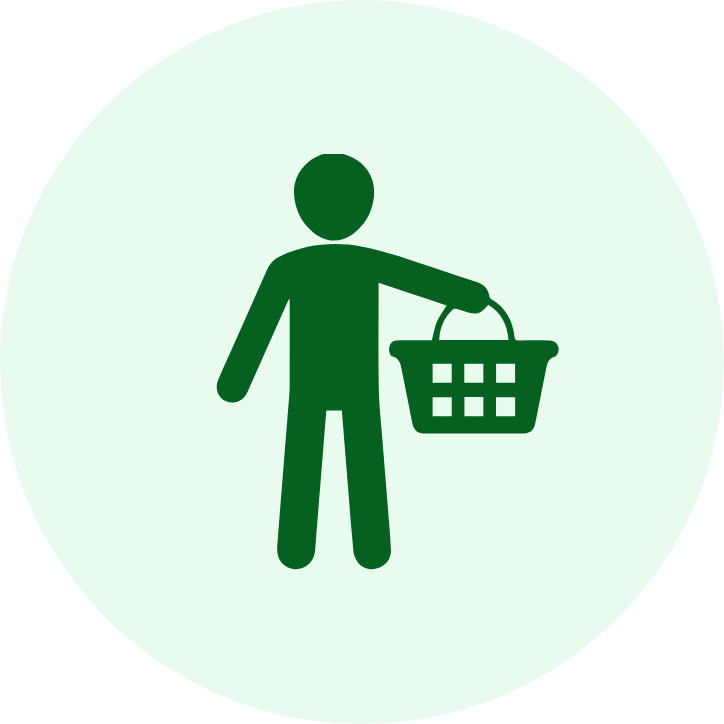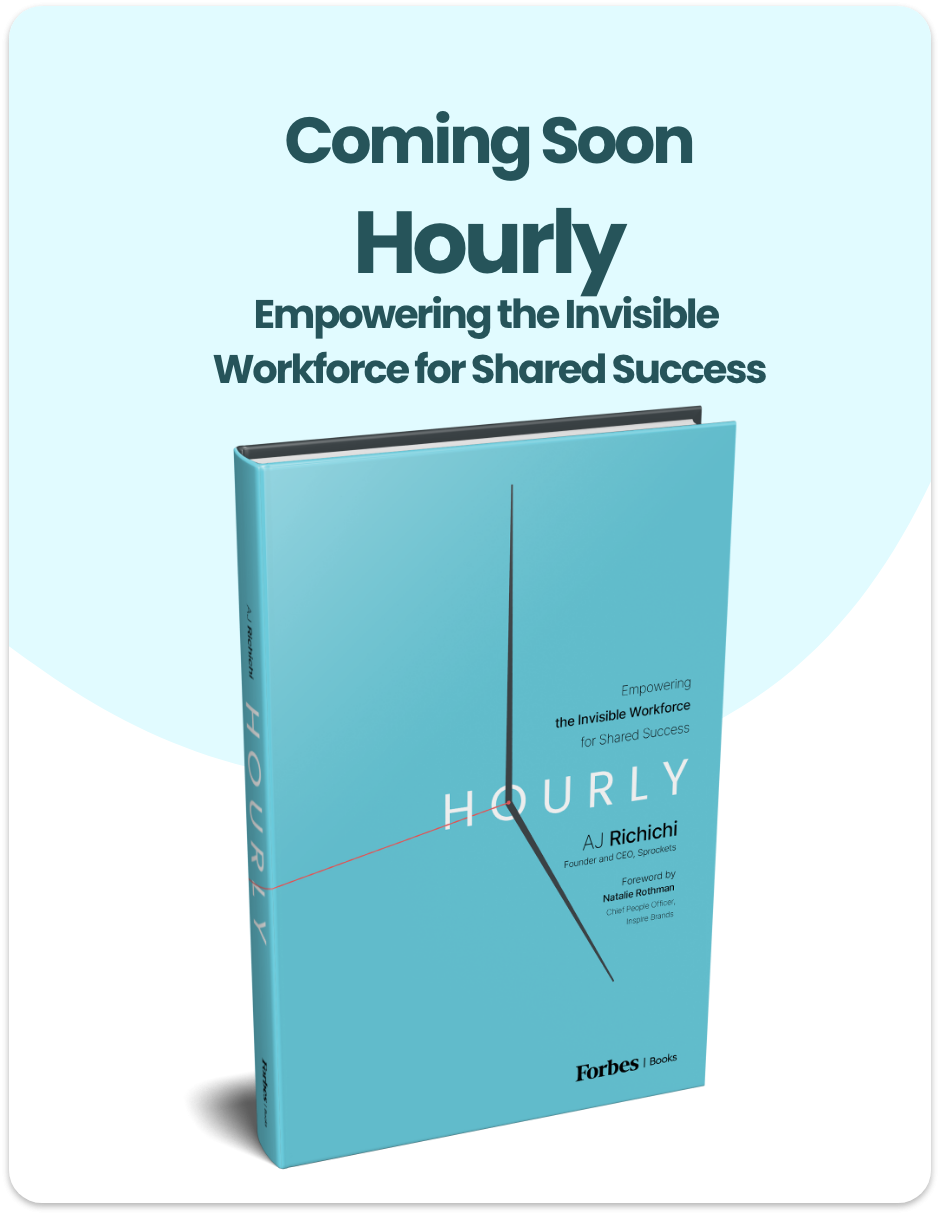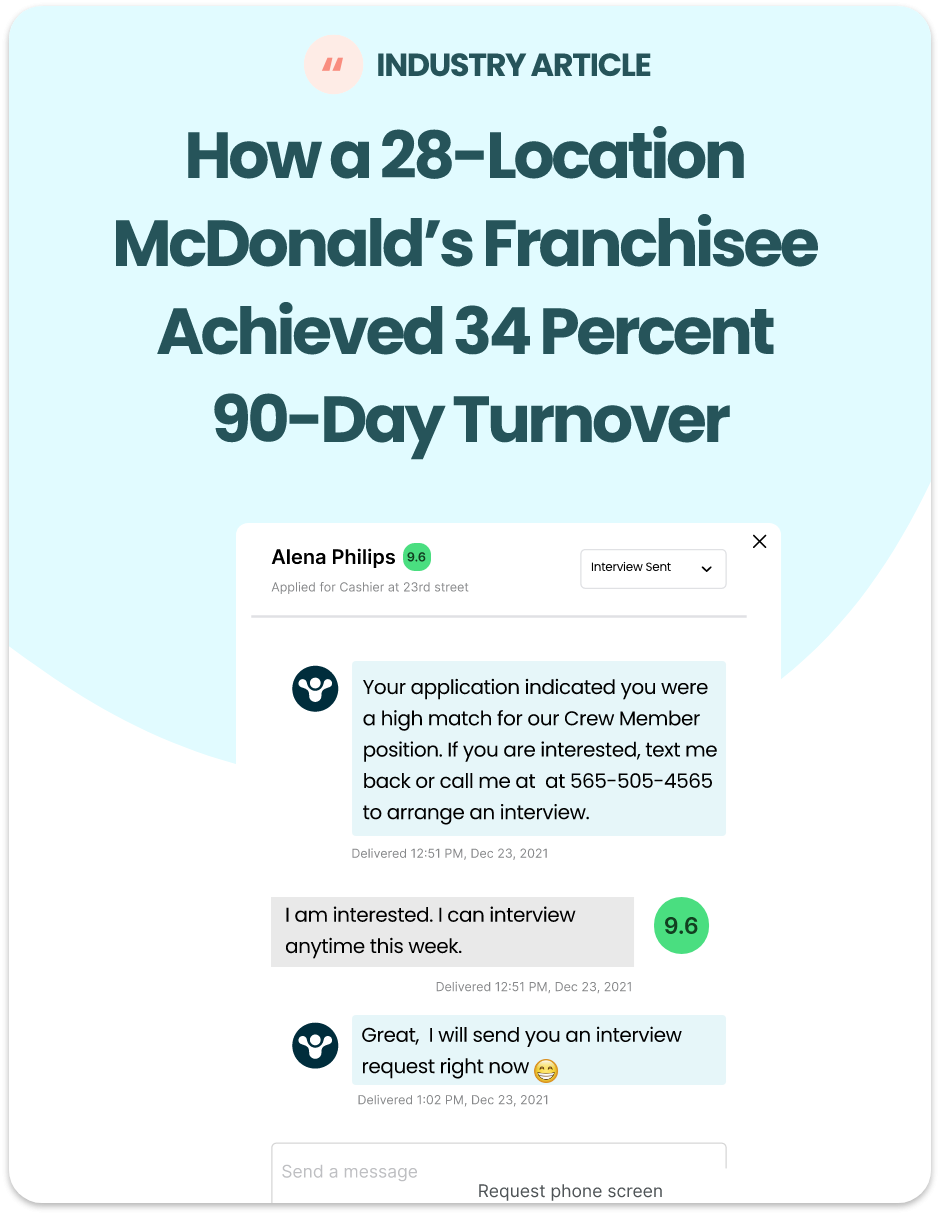COVID-19 has had a tremendous impact on the home healthcare market, posing new challenges for both operators and hiring managers. We are truly in uncharted territory as our industry manages the changing landscape.
The good news is there are signs of increased business as patients shift from assisted living to home health. The bad news is that owners and hiring managers are busier than ever before.
Our hope is that this article will provide some insight into the various challenges facing home healthcare based on what we are hearing from our clients.
An increase in caregiver applicants is straining the hiring process
Since President Trump declared a national emergency, 22 million people have filed for unemployment. The huge influx of unemployment has overwhelmed the government, resulting in delays and shortages of unemployment benefits.
As of April 15, nearly half of the workforce has not received their unemployment benefits (NPR). Recently displaced workers are, therefore, more motivated to get back to work with the uncertainty of their next check.
What we’ve heard from our clients:
- “We are anxious to move forward with implementing Sprockets, as we have had an increase in applications due to the fact that we are still hiring when so many are now unemployed.”
- “We are seeing a HUGE influx of caregiver applicants. It’s hard to even manage.”
Home-health patient loads are growing, increasing demand on caregiver staffing
Home Healthcare Aide is now the third fastest-growing occupation in the U.S., according to the Bureau of Labor Statistics. This statistic is the result of home-health locations seeing patients in need of less intensive care shifting from hospitals and assisted living facilities to isolation friendly home healthcare. The prevailing thought is this trend will remain in place through 2021 as a societal shift occurs in caregivers.
Below are a collection of hot takes from various industry leaders:
- Kevin Colman, president of Home Healthcare Solutions: “I’m preparing for each day to probably get busier,” he said, predicting home-based care providers to see business peak in the next few weeks. “We are anticipating … patients being discharged [from hospitals quicker] and coming back to their homes or their communities, which [means] a whole separate set of risks.” (Home healthcare news)
- Jennifer Sheets, CEO of Interim Healthcare: “We’re preparing for a surge of patients coming out of the hospital, and we’re already taking care of COVID-19 patients now. Certainly, I think that’s going to increase pretty quickly as we get further down the curve of COVID-19 exposure.” (Home healthcare news)
- Greg Davis, the Owner of Patriot, said his business has surged as patients who need less intensive forms of care are discharged by hospitals trying to free up beds for anticipated COVID-19 cases. (Washington Post)
Employee turnover is increasing for new reasons
Employee turnover has been increasing year-over-year in the home health industry due in large part to the U.S. is in a good economy with a tight labor market. While the economic shift caused by COVID-19 has minimized turnover due to a tight labor market and reduced sourcing issues, it has created some unique challenges.
The following evidence points to new turnover risks owners must mitigate:
-
Childcare responsibilities
- 22% of grandparents provide childcare at no cost, but COVID-19 has slashed this number significantly (Vox).
- The average cost for two young children outside school is more than $20,000 annually (Center for American Progress).
- As childcare centers and schools reopen, teachers are refusing to go back to work further delaying the predicament. In Seattle, teachers have created a union-esque fight against returning to work (Seattle Education Association).
-
Caregivers make more off unemployment
- The average caregiver makes $22,470 per year, or $1,800 per month before taxes (Glassdoor).
- Based on the state, unemployed workers receive between $300 and $500 per week. Unemployed workers in 29 states are currently getting an extra $600 per week (USA Today). That could result in upwards of $4,400 of potential monthly income plus the $1200 per person and $500 per child (IRS). We are starting to hear that caregivers are opting to file for unemployment and quitting their jobs.
-
Caregivers are getting sick or are afraid of getting sick
- “Eric Bloniarz of FirstLight Home Care, said some of his employees have begun staying home out of fear of the virus, putting added pressure on those, like Brownlee, who continue to work. To pick up the slack, he has started recruiting new aides from the growing ranks of workers laid off from struggling bars and restaurants over the past two weeks.” (Washington Post)





























